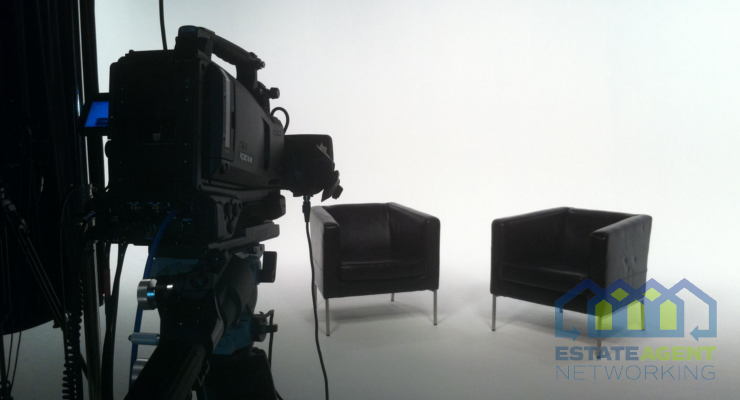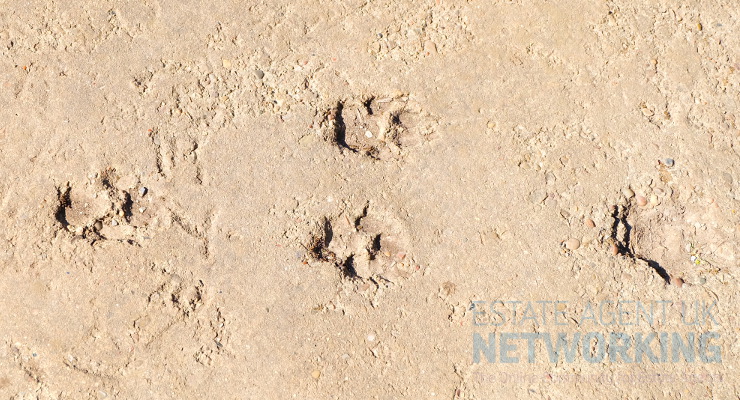Crafting Your Ideal Workspace: Desks and Chairs for Productivity
Creating a workspace that helps you stay focused and productive starts with the basics. The desk and chair you choose are not just pieces of furniture. They influence your comfort, posture, and ability to concentrate throughout the day. A well-planned setup can make a noticeable difference in how efficiently you work.
Choosing the Right Desk
Your desk should support the kind of work you do without creating clutter or discomfort. If you’re using a laptop, a compact desk may be fine. For dual monitors, paperwork, or creative projects, you’ll need a larger surface. The desk height should allow your arms to rest comfortably at a 90-degree angle when typing or writing. If your shoulders are tense or you feel the need to hunch over, that’s a sign the desk may not be the right height.
Pay attention to legroom too. You should be able to move your legs freely underneath without hitting drawers or crossbars. A spacious desk can help you spread out your work materials and stay organized without feeling cramped.
How to Pick a Chair That Supports You
An uncomfortable chair can lead to back pain, poor posture, and reduced focus. The best office chairs offer multiple adjustments, including seat height, backrest tilt, lumbar support, and armrest height. These features help you maintain a natural sitting posture over long periods.
A chair should support your lower back and allow your feet to rest flat on the floor. Breathable materials like mesh help keep you cool during long work sessions. Padded seats with the right firmness provide comfort without sagging over time. You can explore a selection of supportive and affordable options in the TreasureBox office chair collection.
Desk Placement and Lighting
Where you place your desk affects how comfortable the space feels. Natural light can improve your mood and energy levels, so place your desk near a window if possible. Just make sure you position your screen to avoid glare. If natural light isn’t available, use a desk lamp with adjustable brightness to reduce eye strain.
Position your monitor at eye level to prevent neck strain. Use monitor risers or adjustable stands if needed. A clutter-free environment with proper lighting helps you stay focused for longer stretches of time.
Organize for Better Focus
Once your furniture is in place, think about how to keep the space tidy. Use organizers for cables, documents, and supplies. Keep frequently used items within reach and store everything else out of the way. A clean desk reduces distractions and creates a more pleasant place to work.
If your tasks vary throughout the day, dedicate specific areas of the desk for different activities. For example, one side can be used for your laptop and another for notebooks or sketches. This simple setup helps shift your focus smoothly between tasks.
A Workspace That Works for You
The best workspaces are personal, practical, and comfortable. The right desk and chair make it easier to sit for long periods without discomfort or fatigue. Investing in quality furniture and arranging your space thoughtfully pays off in better focus and productivity. Start with the essentials and build a setup that fits your routine and work style.









